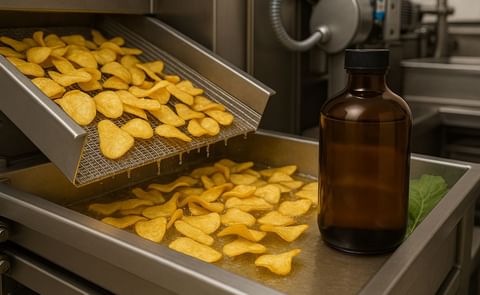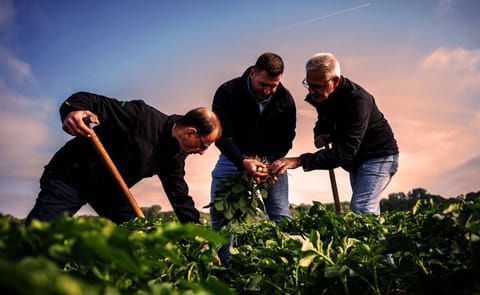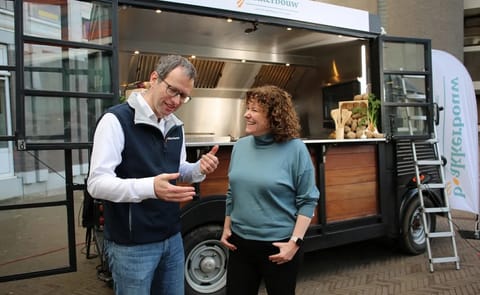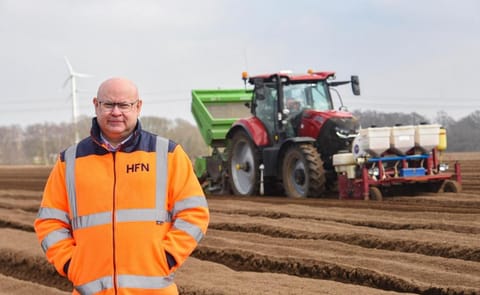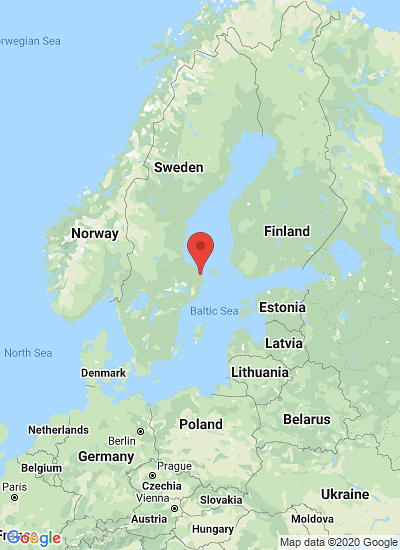Today's Google Doodle celebrates the Swedish Potato Processing Pioneer Eva Ekeblad (1724-86) on the 293rd anniversary of her birth.
Today's Google Doodle celebrates Potato Processing Pioneer Eva Ekeblad
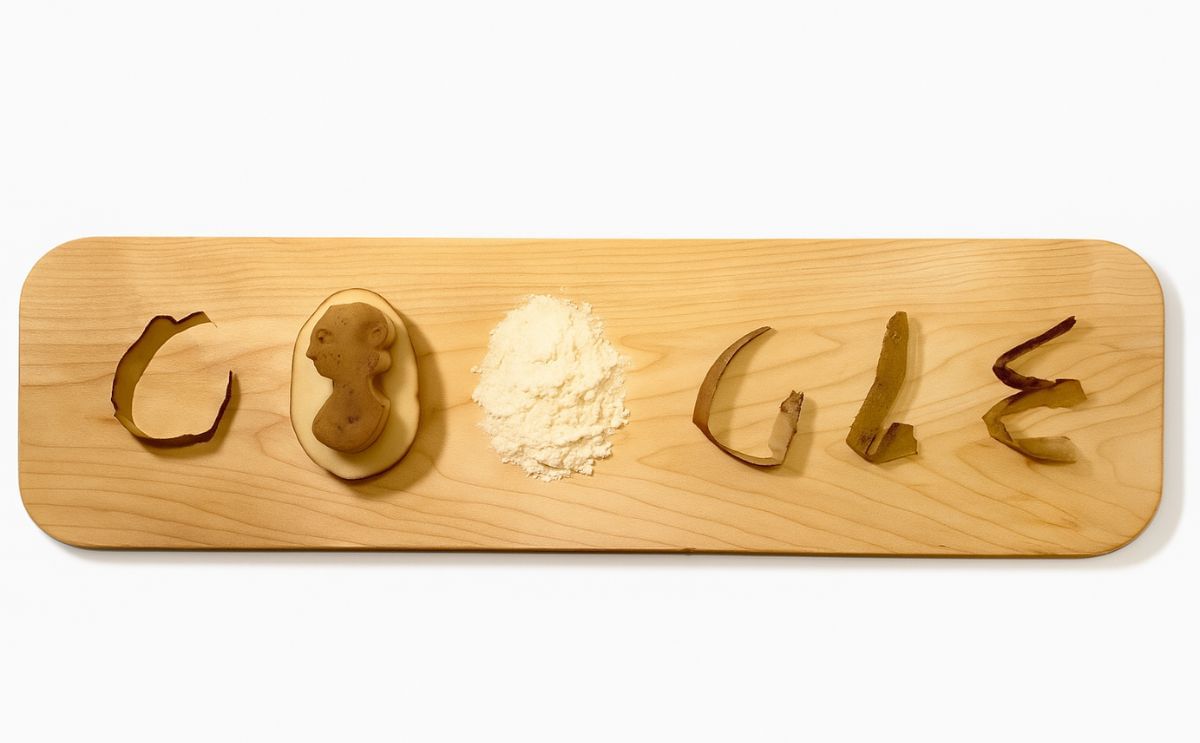
Today's Google Doodle celebrates the Swedish Potato Processing Pioneer Eva Ekeblad (1724-86) on the 293rd anniversary of her birth.
The future potato specialist was born as Eva De La Gardie on July 10, 1724. She was the daughter of statesman Count Magnus Julius De La Gardie and Hedvig Catharina Lilje, known for hosting influential political salons.
Experimenting with potatoes
Charged with the management of her family’s land, Ekeblad began experimenting on potatoes in 1746.
The root vegetable was then a considerable novelty in Sweden having only been introduced to society in 1658. It was rarely grown outside of the greenhouses of the gentry and even then intended only for animals. The possibility of its use in brandy production had been raised in parliament in 1741 but how precisely this tantalising prospect might be attained remained unknown.
Ekeblad, grew her own batch of potatoes for study. Her experiments led her to observe that the starchy vegetable could be ground down into a form of flour. At the time, Sweden was suffering from a shortage of oats and barley grains and Ekeblad’s findings meant that potatoes could be used as a substitute.
Making potato flour - and even better - potato vodka
Operating from her kitchen, the countess quickly deduced that the foodstuff could be cooked, crushed and dried to make flour and therefore distilled to make clear spirits – a discovery that soon sparked a craze for potato-based vodka, and much drinking, across northern European.
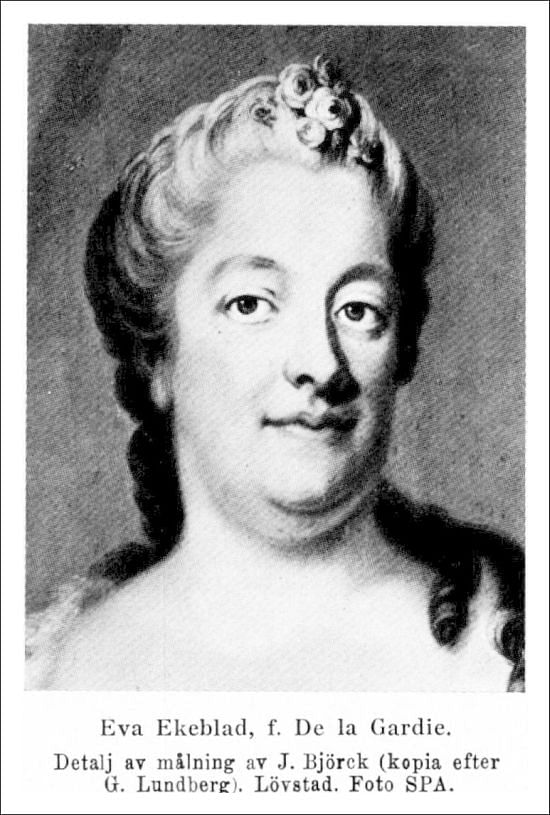
Eva Ekeblad
Ekeblad submitted her findings to the Swedish Academy in 1746 and was rewarded by becoming its first female member when the full significance of her breakthrough was understood.
Food security for the poor
Eva’s work helped solve Sweden’s recurrent food crises as potatoes were now being used to make alcohol, therein reducing dependence on other staple cereals like oats, rye and barley and freeing them up for use in baking bread to feed the hungry.
The innovation reduced the risk of famine and relieved a terrible strain on the rural poor.
Archaic gender by-laws saw Ekeblad’s membership of the society downgraded to honorary status in 1751, although she would remain its only female inductee for 200 years until nuclear physicist Lise Meitner was admitted in 1951.
The academy has more recently appointed its first female president, however, with organic chemist Christina Moberg ascending to the role in 2015.
Eva Ekeblad died in 1786, at an age of just 61, leaving behind an extraordinary legacy that has guided Western culinary customs ever since.




